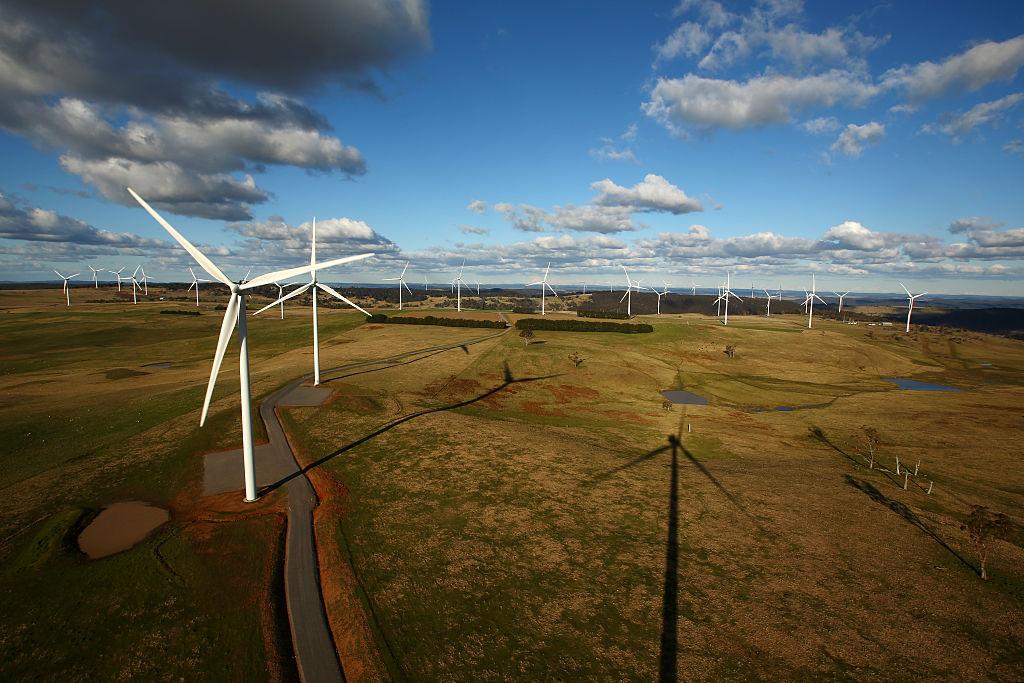Commentary
Australian Energy Minister Chris Bowen has exposed the weakness of his government’s energy position in a misjudged political haymaker aimed at the Leader of the Opposition Peter Dutton.

Australian Energy Minister Chris Bowen has exposed the weakness of his government’s energy position in a misjudged political haymaker aimed at the Leader of the Opposition Peter Dutton.